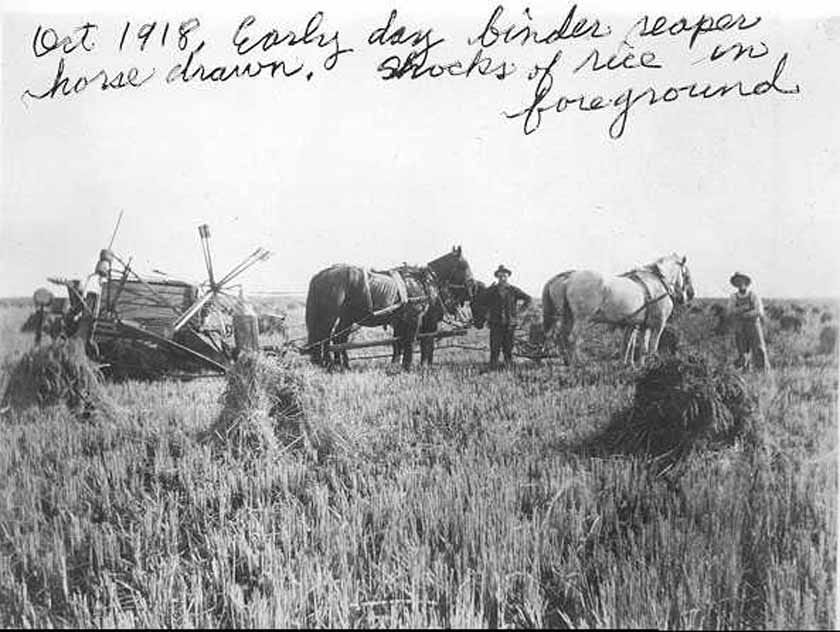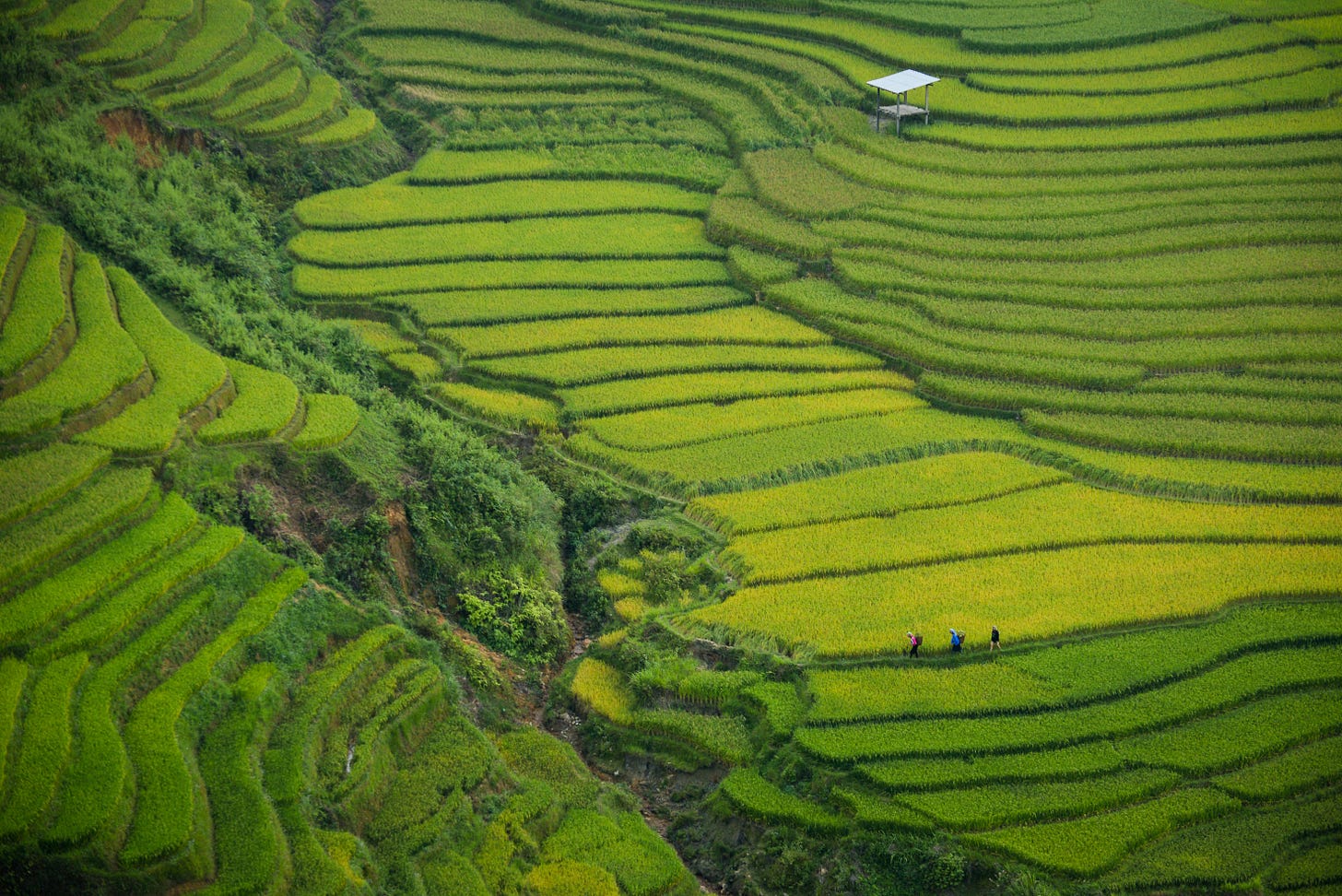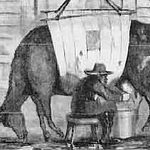Of the three cereal grains consumed around the world, rice is a versatile foodstuff with an interesting history. As a food staple, it nourishes more than half of the 7.75 billion people on our planet, but it means so much more to us than merely grains in a bowl - this is the stuff upon which empires are built. For this episode, As We Eat follows the story of rice from temple to terroir to table.
Confucius Says…
Confucian proverbs run the gamut from profane to profound, and about rice it is believed that he said: “With coarse rice to eat, with water to drink, and my bent arm for a pillow; I have still joy in the midst of all these things.”
Luckily for modern eaters, we can still experience joy in the midst of our eating without having to resort to coarse rice. In fact, we have four kinds of rice to enjoy from all over the world - indica, japonica, aromatic, and glutinous rice all have found roles in our kitchens, our diets, and even our spiritual practices.
History and Culture
Our history buff Leigh reviews the agricultural history of rice - a grain known to have been cultivated by humans for nearly 8,000 years - and introduces us to several rice gods, who not only have credit for good rice harvests and the well-being of the communities who rely upon rice as a major component of their diet, but also who represent the seven most fundamentals building blocks of life. Anywhere there is life, community builds.
Culture nerd Kim dives into rice’s immigration story and how the taste for rice (and the grains) came specifically to the West Coast of the United States with 18th Century immigrants from Asia, particularly Cantonese China. As families made their homes in California, Oregon, and Washington, new agricultural communities formed to produce food staples. One such community formed in California’s Sacramento Valley where the unique terroir created a rice so coveted that it once had its own black market.

We conclude with an unusual story of diplomatic difficulty centered around accusations of biopiracy and the importance of where rice is grown.
Does rice play a role in your meal planning?
Episode Transcript
🎧 Click here for the full, interactive transcript of this episode 🎧
Sources We Found Helpful for this Episode
Ingrained: Sharing the Untold Stories of California Rice, hosted by Jim Morris
The "7 GODS" in a Single Rice Grain! Why Farmers are Considered Gods in Japan
Books We Think You’ll Enjoy Reading
Recipes You Really Need to Try
Episodes We Think You’ll Like
EP 7 New Years Traditions: Pork for Progress, Stinky Fish, and Tall, Dark-haired Men
EP 20 Grain Empires: The Wheat Belt, American Innovation, and A Kitchen Confidante
EP 46 By Jam. Jelly, or Conserve: the True Stories of Fruit Spreads
Join us in two weeks as we discuss two Latin American foods that celebrate the dead. If you’re enjoying the podcast, we would love to have you join our supporting subscribers. For just a few dollars, you can get access to exclusive content, including the Recipe Box Roulette “card game”, more in-depth articles, and recipes. You’ll also help keep our oven lights on!
We would love to connect with you
AsWeEat.com, on Instagram @asweeat, join our new As We Eat community on Facebook, or subscribe to the As We Eat Journal.
Do you have a great idea 💡 for a show topic, a recipe 🥘 that you want to share, or just say “hi”👋🏻? Send us an email at connect@asweeat.com
Review As We Eat on Podchaser or Apple Podcast. We would like to know what you think.
Thank you for listening to the As We Eat Podcast. This post is public so share it with a friend - or three :)




























Share this post